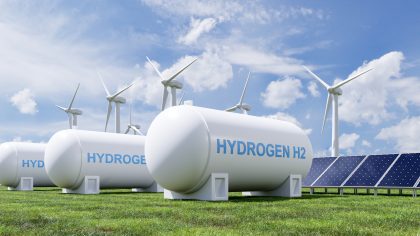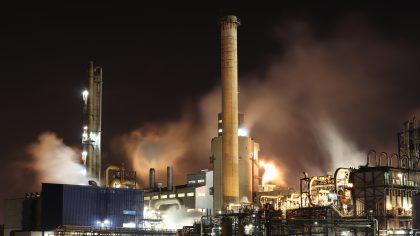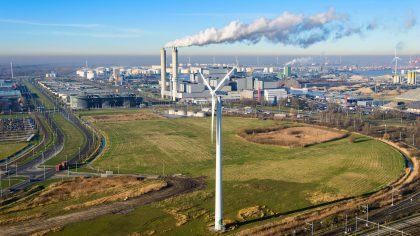All information in the datasheets is also available in ESDL (Energy System Description Language). You can find them in the Energy Data Repository (EDR).
Wind Offshore
Offshore wind power is a mature technology, deployed mainly in Europe and Asia. To produce more power against lower costs, wind turbine rotors have grown significantly over the past decades. The larger the diameter of a wind turbine rotor, the larger the swept area, which increases quadratically with the length of a blade. This makes upscaling both technically and economically attractive. The issue of landscape integration for onshore wind is an important barrier, which is much less relevant for offshore wind power. On the other hand, for offshore wind the impact on the marine environment is a point of attention. Offshore wind power benefits from economies of scale by increasing wind turbine capacity. Another offshore advantage is that maritime wind speeds on average are higher than continental wind speeds. Offshore wind turbines are combined in large wind parks, and three main approaches exist for locating the offshore wind turbines: attached to the seabed through a monopile, through a tripod or similar construction, or floating. For the typical Dutch North Sea circumstances, monopiles are commonly used. In offshore wind turbines, just like onshore, the turbine blades are driving a hub attached to an electric generator, located in the nacelle. The electricity is led to a power substation, from where the undersea cable is connected to the onshore electricity grid. The connection is often very long, from a few kilometers to several tens of kilometers, or above 100. Besides water depth and distance to shore, operation and maintenance costs are relatively high for offshore wind power, making maintenance concepts and strategies an important aspect of offshore wind power operation. The yield of wind turbines depends on the average annual wind conditions.
Downloads
Wind offshoreGerelateerde publicaties

Effecten van waterstofimport op de industrie in Nederland
Exploration of the effects of (partially) replacing Dutch fertiliser and iron and steel production with imports

De weg naar toekomstbestendige petrochemie
Exploration of transition strategies in Dutch refineries and organic chemicals industry for climate policy

Toename aandeel hernieuwbare warmte
Haalbaarheid van de RED III-doelstellingen met het huidige beleid